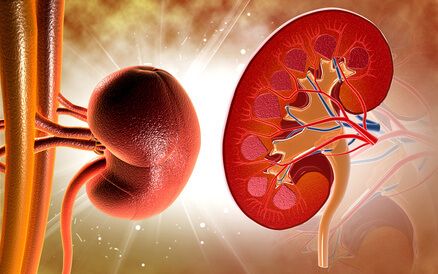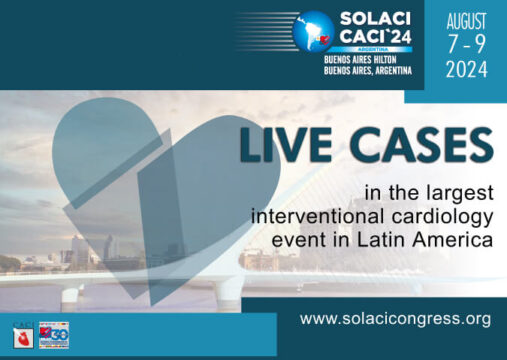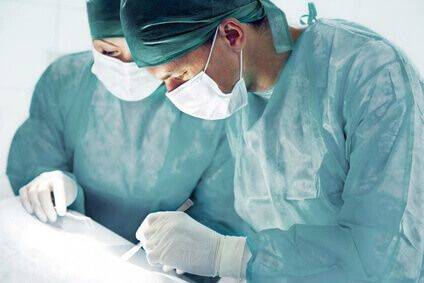Original Title: Occupational Health Risks in Cardiac Catheterization Laboratory Workers. Reference: Maria Grazia Andreassi et al. Circ Cardiovasc Interv. 2016 Apr;9(4).
Orthopedic lesions and radiation exposure are among the health risks Cath Lab staff take. However, the potential occupational hazard in quantitative terms is still unclear. The purpose of this study was to examine the prevalence of health issues among cath lab personnel (interventional cardiology/ electrophysiology) and correlate them with length of exposure.
We used a self-administered questionnaire to collect demographic information, work related information, possible lifestyle confounding factors, medications, and health status. A total of 746 subjects were evaluated, 466 (281 male; 44 ±9 years) exposed and 280 unexposed (179 male; 43±7 years). Exposed personnel included 218 interventional cardiologists and electrophysiologists, 191 nurses and 57 technicians working for a median of 10 years (range 5 to 24 years). In the exposed group, there was a significantly higher rate of skin lesions (P=0.002), orthopedic illness (P<0.001), cataract (P=0.003), hypertension (P=0.02), and hypercholesterolemia (P<0.001) vs. the non-exposed group. In addition, there was a clear gradient unfavorable for exposed physicians over exposed technicians or nurses.
In the exposed physicians, adjusted OR ranged from 1.7 for hypertension (95% CI: 1 to 3; P=0.05), 2.9 for hypercholesterolemia (95% CI: 1–5; P=0.004), 4.5 for cancer (95% CI: 0.9 to 25; P=0.06), and 9 OR for cataract (95% CI: 2 to 41; P=0.004).
Conclusion
Health problems are more frequently observed in cath lab staff than in unexposed staff. These data show the need to spread out the culture of safety in the cath lab across all staff involved.





